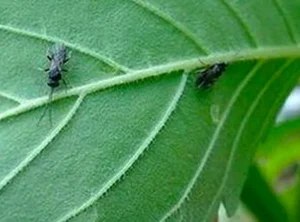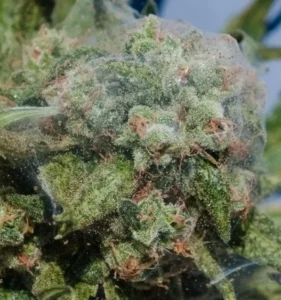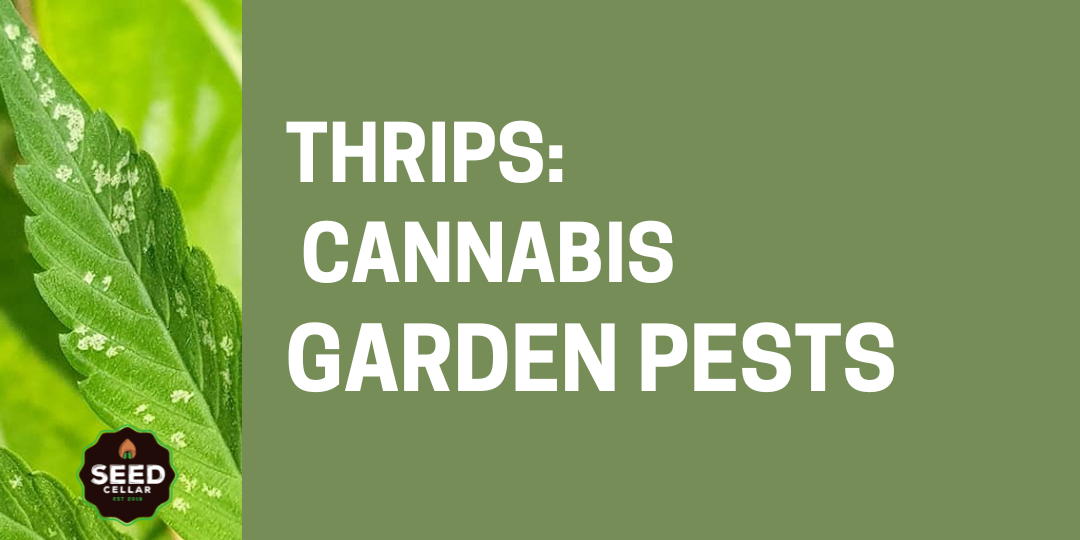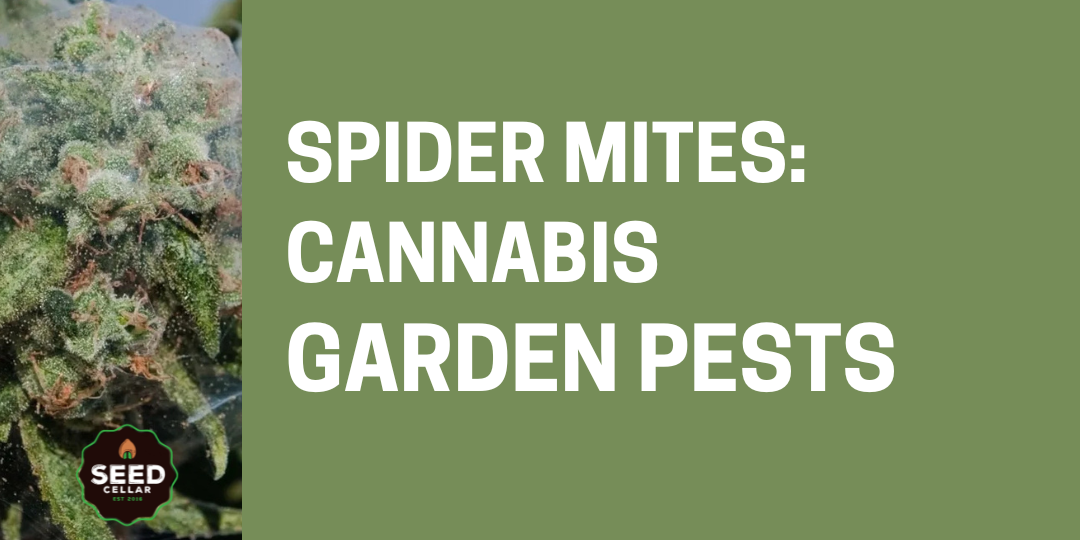Michigan Friendly Cannabis Strains
Michigan Friendly Cannabis Strains
Growing outdoors in the northern parts of the United States usually comes with its challenges. As our cold weather creeps in slowly, so does the chance of mold and damage to your harvest!
HYBRID STRAINS FOR OUTDOORS IN MICHIGAN-LIKE CLIMATE:
Gorilla Glue #4 FEM/FEM/FEM/FEM/FEM/AUTO – This powerhouse hybrid is most well known in the market today for its history, potential, and extremely sticky buds.
Black Kush FEM – She will prefer to grow more narrowly shaped compared to being wide spread providing you with a gorgeous main kola.
The Spice! FEM – Compared to the Biscotti, The Spice! ripens slightly quicker by a week or two, yields one and
a half times more, and is far more resistant to mold and fungal pathogens.
Blue Widow FEM – This plant is smooth and fruity with an ideal Michigan harvest time.
Apple Fritter FEM – A great yielder with tons of vigor and a flowering time as short as 8 weeks.
INDICA DOMINANT STRAINS FOR OUTDOORS IN MICHIGAN-LIKE CLIMATE:
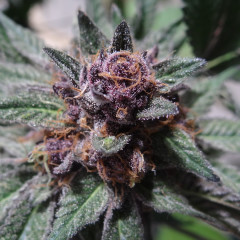
Peyote Critical FEM – The plant is resistant to pests, and mold and is fantastically easy to grow.
Blueberry Muffin FEM – Blueberry Muffin is a company favorite. This seed produces plants that grow uniformly and produce frosty colas highlighted with purple flakes.
Grand Daddy Purple FEM/FEM/REGS– A crowd favorite that never disappoints!
Yumboldt 47 FEM – Although Indica, she grows vigorously like a Sativa but with a much shorter flowering cycle.
Skunk 47 FEM – A bushy, vigorously growing indica that produces great yields; highly valued commercially for her compact buds and very intense Skunky taste and aroma.
Lord Kush FEM/EARLY – A quick, large yielding plant that is observed to be resistant to pests such as spider mites or thrips.
Marmalate FEM/REG – Easy to grow and suited for any growing medium or system, this strain produces large blue ribbed buds with a very intense and penetrating aroma.
Devil’s Lettuce S1 FEM – This is an Indica dominant hybrid that is very easy to cultivate.
Sugar Black Rose FEM/EARLY/REG/AUTO – A wide, round plant rather than a tall plant. A discreet plant with amazing flavor and yields.
SATIVA DOMINANT STRAINS FOR OUTDOORS IN MICHIGAN-LIKE CLIMATE:
South African Kwazulu FEM/REG – One of the most resistant strains to pests and mildew.
Strawberry Cough FEM/AUTO – The Strawberry Cough is a considerably popular strain very much renowned for its potential.
Moby Dick FEM/FEM – “Breath-taking production, strong, robust, and perfectly balanced genetics create a highly mold-resistant Sativa dominant power plant.”-Barney’s Farm
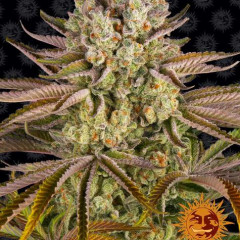
Pineapple Express FEM/AUTO – Pineapple Express seeds are naturally highly resistant to molds and diseases and do not require any special skills to grow!
Durban Poison FEM/FEM – Durban Poison is a pure landrace Sativa dominant variety from South Africa.
Blue Dream FEM/FEM/FEM– Blue Dream is a relatively easy strain to grow and is a favorite among experts and beginners alike. This marijuana strain does well both indoors and outdoors and is known to yield quite handsomely.
Gazzurple FEM – The plant grows like a sativa but the flowers have an indica structure, it’s also surprisingly mold resistant. Gazzurple requires moderate trellising but you will save time in the end with an easy to trim flower structure, yield tends to be above average, but not massive.
Hella Jelly FEM – Hella Jelly is a great performer in all growing environments, but is particularly ideal for a quick turn or climates with earlier fall weather.
Popular Filters Used on the Seed Cellar Website
Using filters like the ones listed below can help narrow down your search. With there being so many strains out there, we want to help you find the perfect pack. Each strain provided previously in the post has at least one of the following essential qualities for growth in the Midwestern region. Michigan friendly cannabis strains are easy to find if you know what to search for!
Essential Tags For Growth:
Personal Preference Tags:
- Indica
- Sativa
- Hybrid
- Large Yield
- High Potential
- Frosty
- Purple
- Blueberry
- Dank
- Fruity
- Gas








